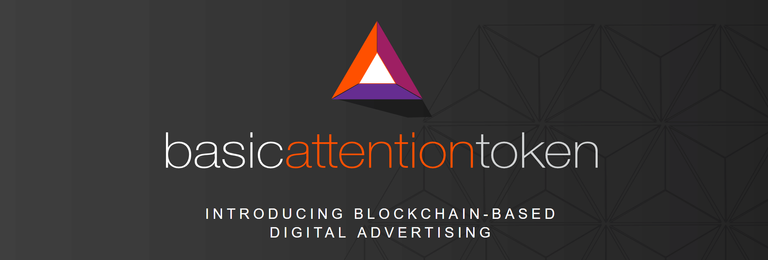
Basic Attention Token seeks to use the blockchain to change how online advertising is done.
Currently, advertising is served using metrics: User A is from Chicago, a black female, age 54-60 with a political affiliation of Democrat. This is focused advertising. Advertisers feel they need it because they want to make sure they’re getting good returns on the money they spend. This means User A is currently being tracked online, being shown too many ads, (which increases her data usage) and may become a target of malicious advertising as she goes about her daily browsing.
BAT has made use of a few economic theorems to support the value of their blockchain. The main one being Coase’s Theorem. The current advertising market is inefficient. Following Coase Theorem, it’s only inefficient because we don’t know who owns the rights to the user’s attention. Most users would say they own the rights. While content providers (publishers) may believe they own the rights because users are reading their content. Advertisers may feel they own it since their revenue tends to support the publisher. In BAT’s analysis, the user’s attention belongs to the user. They plan to include the user in the system by accurately measuring their attention, serving them valuable content, increasing their privacy and paying them for it.
The advertisers use BAT to serve ads to users. The user is paid BAT for their interaction with the ads. If they react minimally they are paid minimally and vice versa. Once users are paid, the rest goes to the publisher. Everyone benefits. Advertisers are only paying for meaningful interactions. Users are rewarded with money, faster page loads and a private browsing experience free from tracking and potential malware. Publishers get rewarded for their free content; and they can serve premium content to their users who now have BAT to buy it. Publishers can also require users to pay BAT in order to comment. This should lead to more meaningful discussions, less spam and less vitriolic comments. BAT has a variety of uses in this system.
They have a few different metrics for testing user attention. In one example, user attention is based on a score from 1-7. 1 for 25 seconds of engagement and a maximum of 7 for more than 12 minutes of engagement. For those who opt-in, user data will be collected and analyzed by their machine learning algorithm. However, user data is encrypted and identities are shielded. They call it the ANONIZE algorithm.
All of this will initially occur through their Brave browser. The team does want to spread the blockchain to other developers as time goes on. They explicitly state: “The token is not a digital currency, security or a commodity.” The token is meant to be utilized inside the system. However, I’m sure people will be trading them on the exchanges.
@originalworks
To call @OriginalWorks, simply reply to any post with @originalworks or !originalworks in your message!
Another awesome post! I’ve been wondering about BAT fo r a while and didn’t know what it did.
Do you have an opinion on Substratum? I like the concept but it’s been a bit hyped lately and the price is up quite a bit!
I'll place it on the list. Thank you.